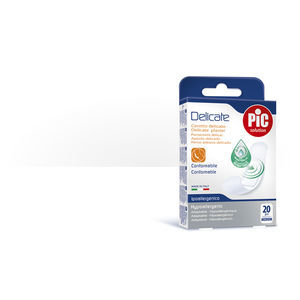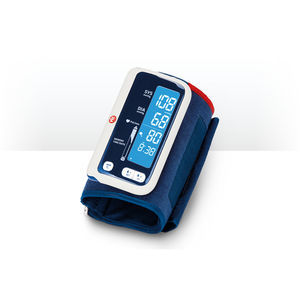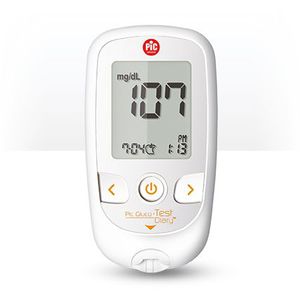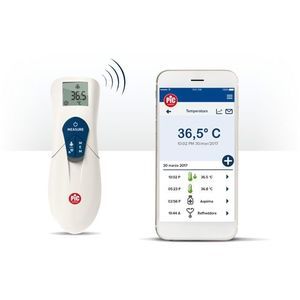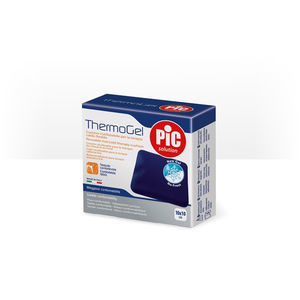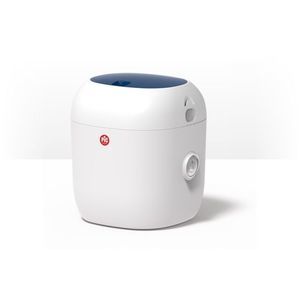
- Laboratory
- Laboratory medicine
- Pregnancy test
- PIKDARE SPA

- Products
- Catalogs
- News & Trends
- Exhibitions
Pregnancy test hCGurine
Add to favorites
Compare this product
fo_shop_gate_exact_title
Characteristics
- Application field
- pregnancy
- Tested parameter
- hCG
- Sample type
- urine
Description
WHAT IS IT?
A quick, easily-to-read pregnancy test that you can
carry out anywhere, on your own.
WHAT DOES IT DO FOR YOU?
It clearly detects whether you're pregnant by establishing whether the
hCG hormone is present in your urine.
WHAT MAKES IT UNIQUE?
Its wider stick makes the test simple to use and your user experience more hygienic. It's also convenient and manageable — the secure cap on the stick is ergonomically designed to make handling easier.
IN WHAT FORMATS CAN YOU FIND IT?
The test is available in packs of 1 or 2. You can buy the Pic Personal Pregnancy Test from pharmacies, or from contraceptive vending machines if you need extra discretion.
Pregnancy tests: choose depending on how long you can wait
It's time to do a pregnancy test... but which one to use? Traditional tests can be done 12 days after fertilization and at least 3 days after a missed period, but you'll also find tests that give an answer a few days before the beginning of the period, known as early tests. Here's a brief guide for you.
Different pregnancy tests: a common denominator
All home tests on the market have a principle in common: they measure the concentration in the urine of the pregnancy hormone human chorionic gonadotropin (hCG). This is produced about a week after fertilization.
Early pregnancy tests: the X factor
What changes is the pregnancy tests' sensitivity to this hormone. We refer to this as the X factor, and it is based on this parameter that you can choose which type of test to buy and, most importantly, when to carry it out. There are early pregnancy tests, and other more traditional ones.
*Prices are pre-tax. They exclude delivery charges and customs duties and do not include additional charges for installation or activation options. Prices are indicative only and may vary by country, with changes to the cost of raw materials and exchange rates.

